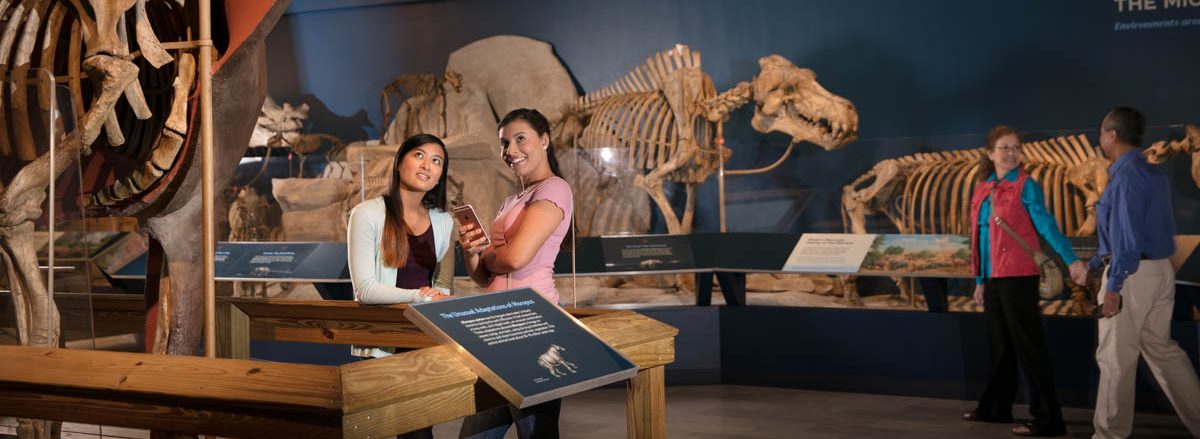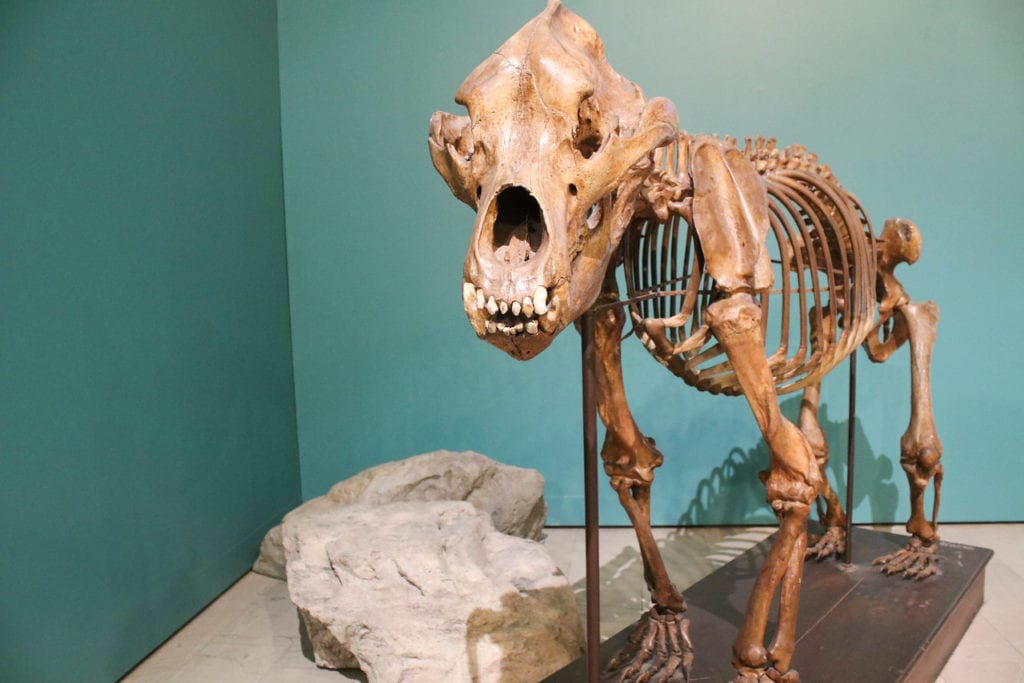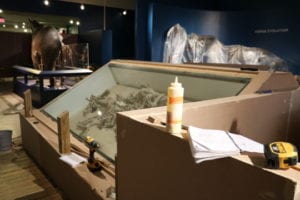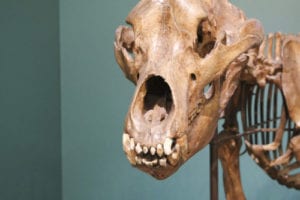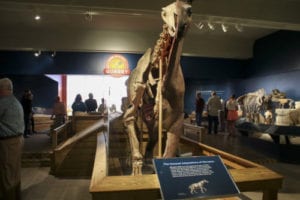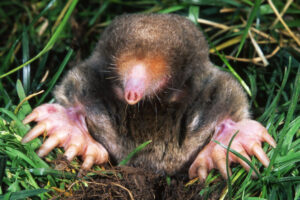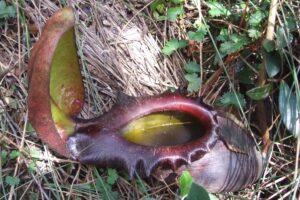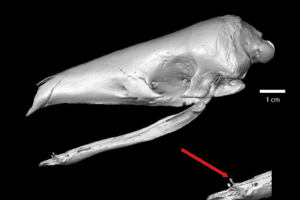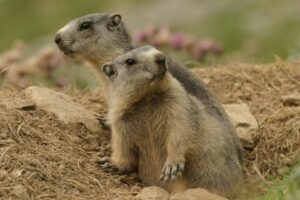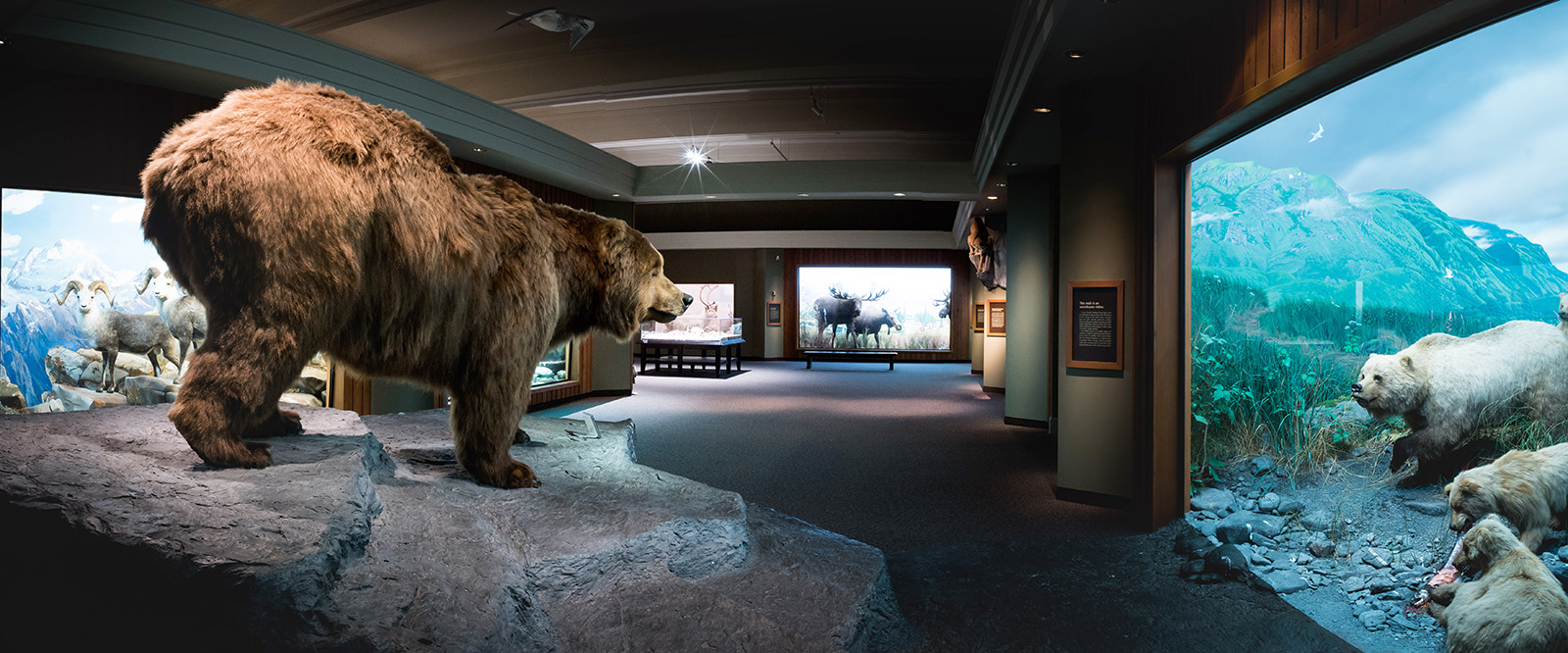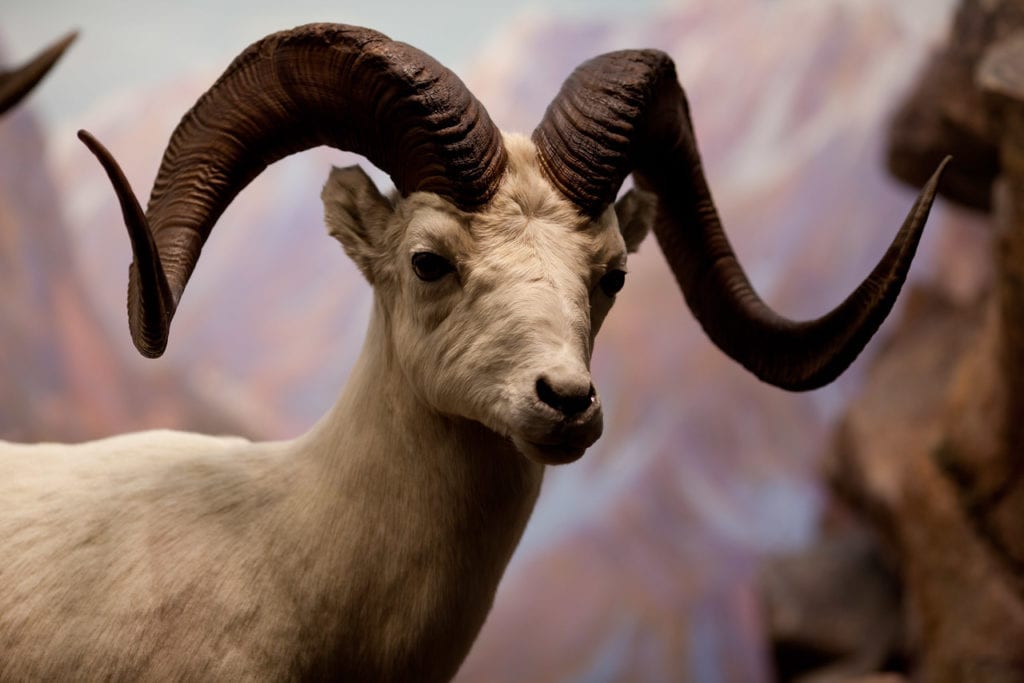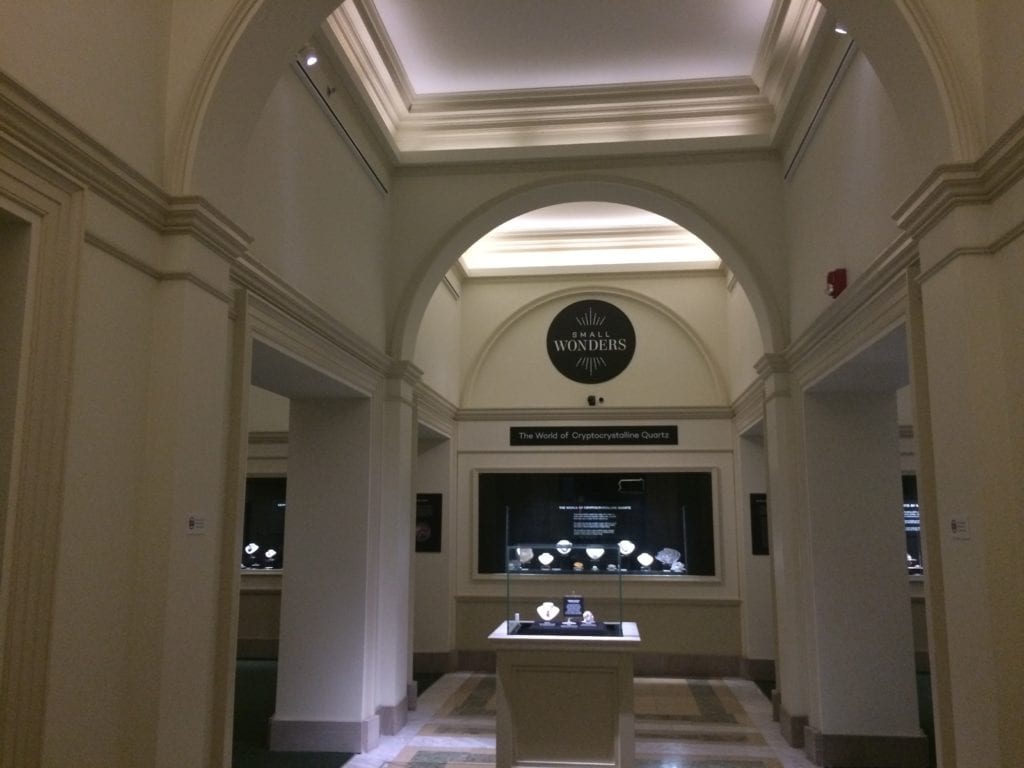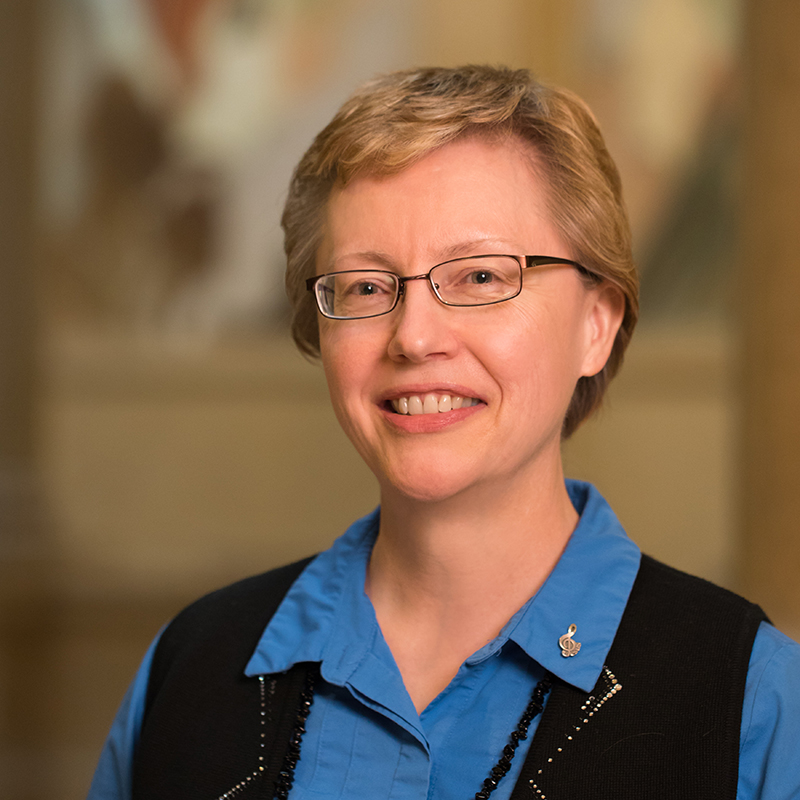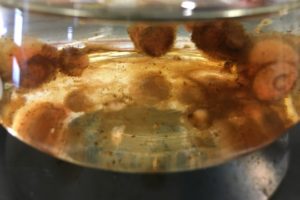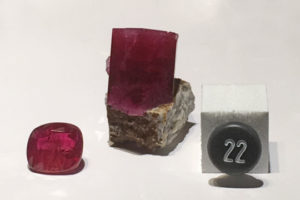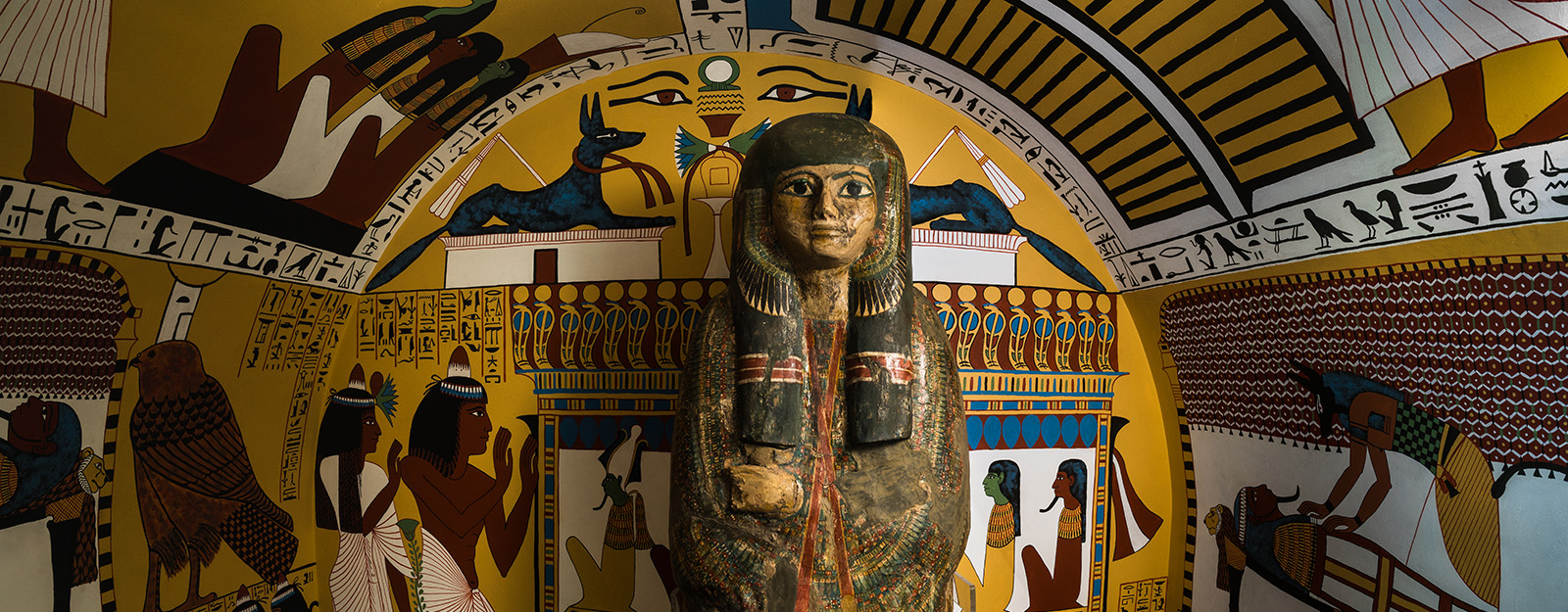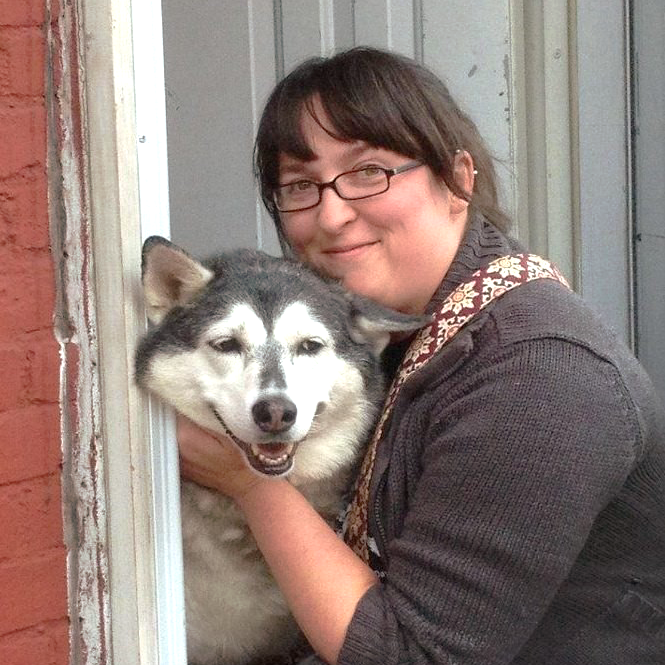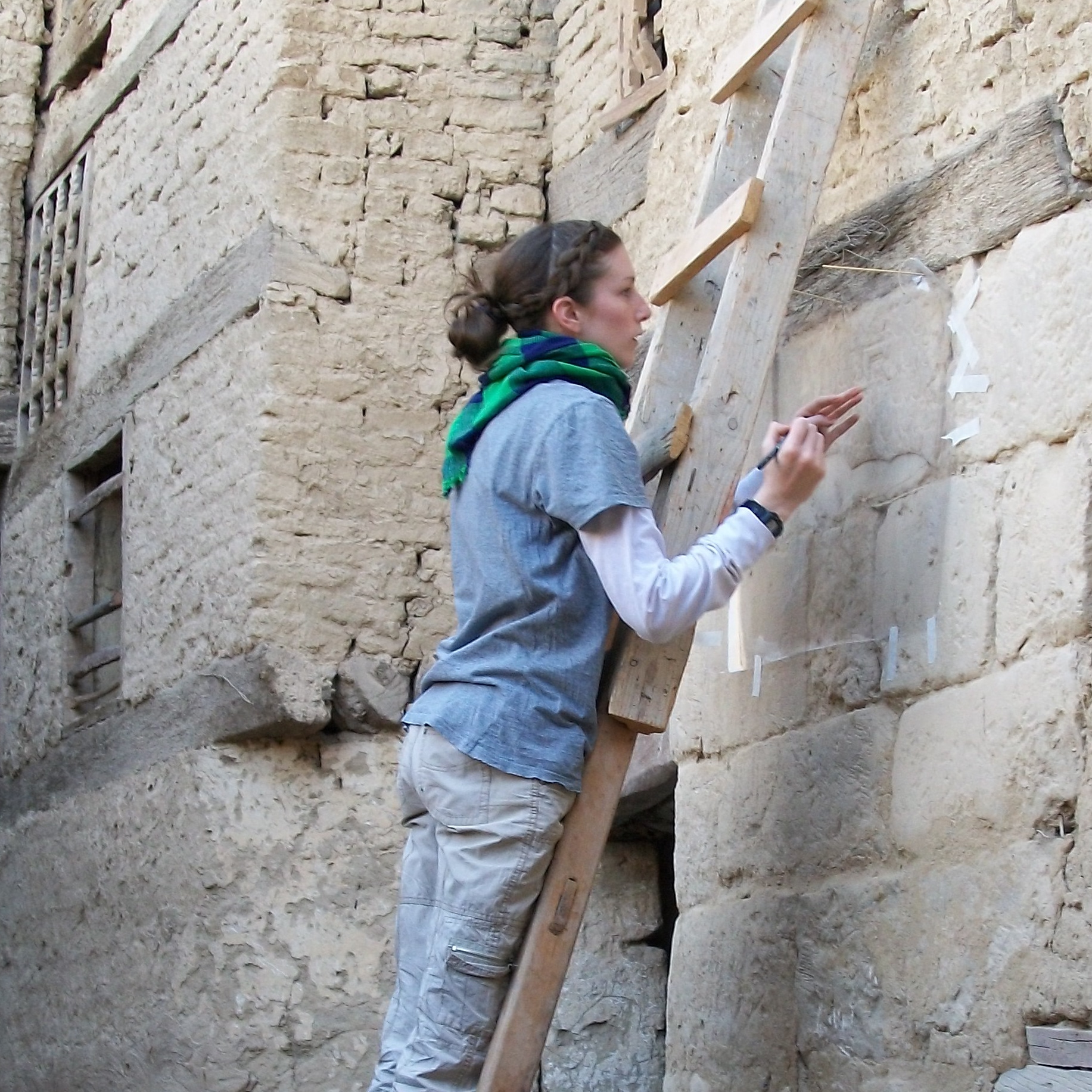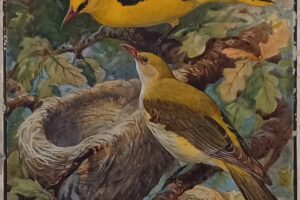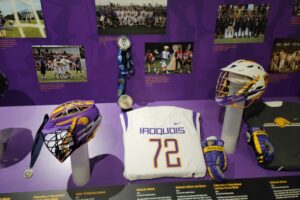
PaleoLab is a working paleontology lab that offers visitors a window into scientific research at Carnegie Museum of Natural History. Watch our paleontologists and scientific preparators unpack, prepare, and analyze fossils and specimens for research or display. View the fossilized bones of prehistoric mammals and fascinating dinosaur species before they’re displayed in museum galleries, or watch brand new specimens unwrapped straight from the field.
There is always something new happening in the PaleoLab. New specimens arrive, bones are chiseled out of rock, and scientist glean new insights from specimens they’re examining. Watch our scientists at work and learn about the tools and methods they use to uncover the past in this working lab.
Meet our Vertebrate Paleontologists
Learn about the Fossil VertebrateCollection at the Museum
The Section of Vertebrate Paleontology collection began in 1895 with the sponsorship of Andrew Carnegie. In the early 20th century, the Carnegie Corporation supported the museum’s numerous paleontological expeditions to the American West, building one of the best dinosaur collections in the world. More recent efforts by Vertebrate Paleontology staff have concentrated on collecting mammals, reptiles, and amphibians from the Cenozoic and tetrapods from the Paleozoic and Mesozoic.
Blogs about the Dinosaurs
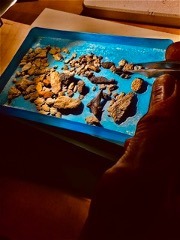
Fossil Matrix Under the Microscope
by Pat McShea Museum visitors who approach the broad window of PaleoLab encounter an array of large fossilized bones. If not for …
Badwater 20: Not So Bad After All
by Lauren Raysich Although many people are familiar with fossilized bones of dinosaurs and other large extinct creatures, some fossils can be so …
Mastodon Restoration
What does a Scientific Preparator do? Part of Dan Pickering’s really cool job is carefully restoring museum specimens. In this photo he’s …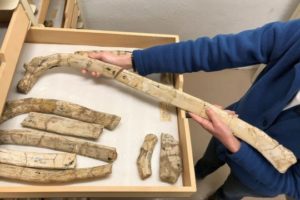
Clues
By Amy Henrici Collection Managers often solve fossil mysteries, and sometimes we have only a few clues to assist us. A recent …



